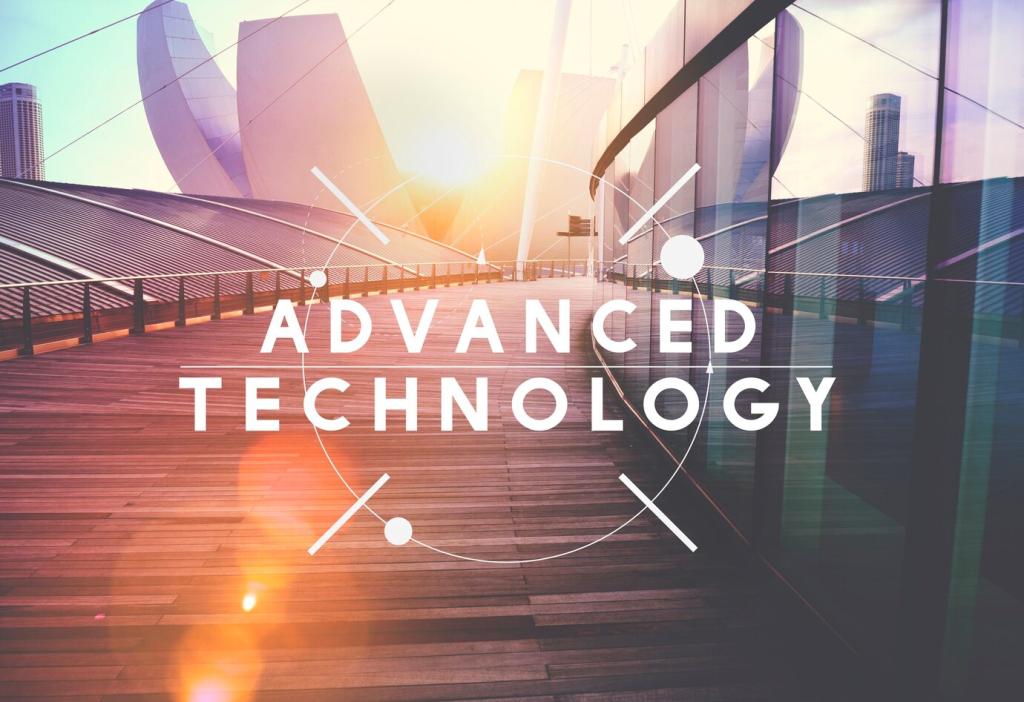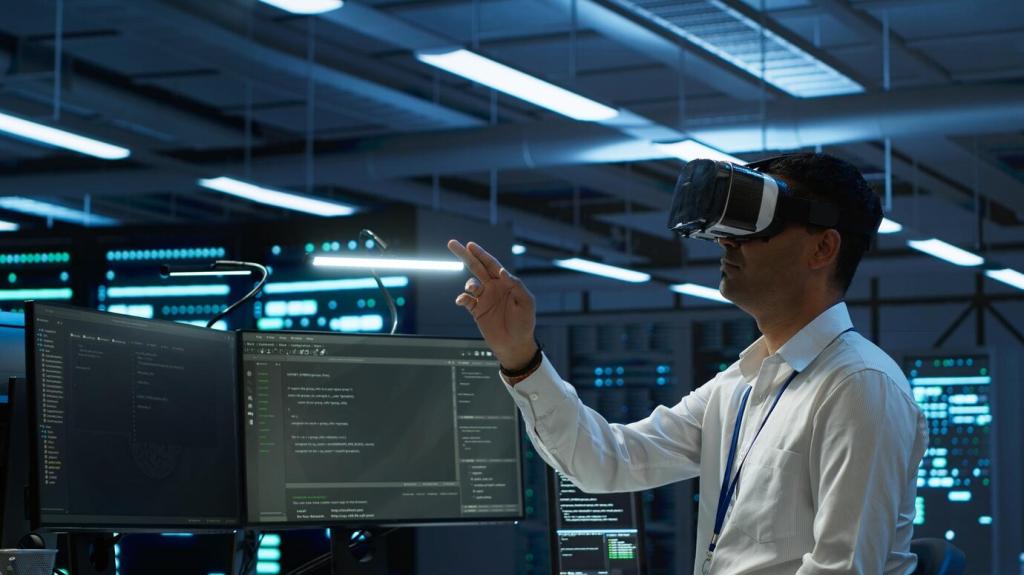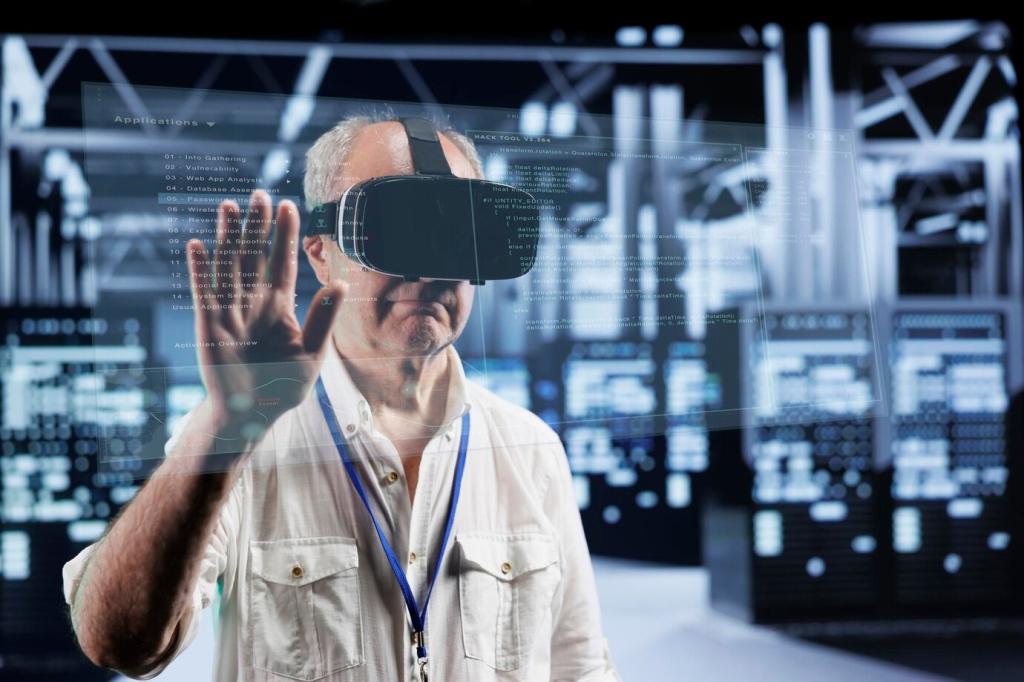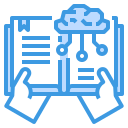From Chalkboards to Tablets: A Timeline of Educational Technology
Educational technology has come a long way from the days of slate and chalk. Over the centuries, classrooms have transformed dramatically, with each innovation shaping how knowledge is shared and learned. This timeline explores the fascinating evolution of educational tools—from the humble chalkboard to sophisticated digital tablets—highlighting the shifts that changed the face of education forever.

From Slate to Classroom Walls
Early education relied on slates—small, portable boards for individual use—which students would write on with chalk and erase when needed. The transition from personal slates to large classroom chalkboards revolutionized teaching. Teachers could now display information for everyone, enabling group instruction instead of isolated learning. This transformation laid the foundation for a more interactive and communal educational experience, as lessons could be developed in real time and altered according to student feedback.

Chalkboards as the Centerpiece of Teaching
With chalkboards installed at the front of classrooms, the process of instruction changed fundamentally. Educators began to use the board as a performance space, drawing diagrams, writing equations, and letting students share their work with peers. The chalkboard became an essential communication tool, facilitating dynamic discussions and helping students visually process complex topics. Its ease of use and adaptability made it invaluable for generations of teachers and learners.

Limitations and Legacy
Despite their many benefits, chalkboards were far from perfect. Chalk dust could aggravate allergies, cleaning was laborious, and the boards wore down over time. Yet, the chalkboard’s role in shaping group pedagogy and direct instruction is undeniable. Even as new technologies emerged, the principles of visual demonstration and collaborative problem-solving introduced by the chalkboard remain fundamental to modern education.
Projectors and Overhead Transparencies

Projecting New Possibilities
Filmstrip and opaque projectors allowed teachers to display images and text for entire classes to see simultaneously. This shift made lessons more engaging and accessible, as visual materials supplemented textbooks and chalkboard notes. Projectors enabled the use of maps, photographs, and diagrams on a much larger scale, breaking down barriers to comprehension and sparking greater student interest through multimedia learning.

Overhead Transparencies Take Center Stage
The invention of the overhead projector further streamlined classroom presentations. Teachers could prepare transparent slides in advance, annotate them live, and reuse them year after year. With a flick of a marker, lessons became interactive as students answered questions directly on the projected surface. The ability to overlay transparencies fostered layered explanations, allowing educators to build complex ideas step by step before an entire class.

Challenges and Innovations
While projectors and transparencies revolutionized lesson delivery, they introduced new hurdles. Projector bulbs could burn out unexpectedly, acetate slides sometimes faded, and equipment costs posed barriers for some schools. Yet, these advances paved the way for integrating multimedia resources into daily lessons, promoting creative pedagogy that would shape more sophisticated educational technology in the decades to come.
The Rise of Personal Computers
Computers Enter the Classroom
At first, computers were rare and often limited to labs or special activities. However, their potential quickly became apparent. Early educational software introduced students to programming, mathematics, and literacy in ways that textbooks never could. The computer offered a personalized learning pace, immediate feedback, and access to digital simulations, fundamentally shifting the teacher-student dynamic and sparking curiosity about technology.
Software Shapes New Pedagogies
The development of educational software changed curriculum delivery. Programs for word processing, mathematical modeling, and research gave students tools to create and explore knowledge independently. Teachers integrated multimedia content—such as videos, animations, and interactive exercises—into lessons, enriching the classroom with dynamic materials. Computers also played a crucial role in supporting students with diverse learning needs through customizable content.
Access and Equity
While personal computers brought many benefits, they also highlighted inequalities in access. Some schools and communities could not afford the latest technologies, creating digital divides that persist even today. Efforts to address these gaps—through funding, grants, and community partnerships—became critical, as society recognized that technological literacy was integral to educational success and future career opportunities.
